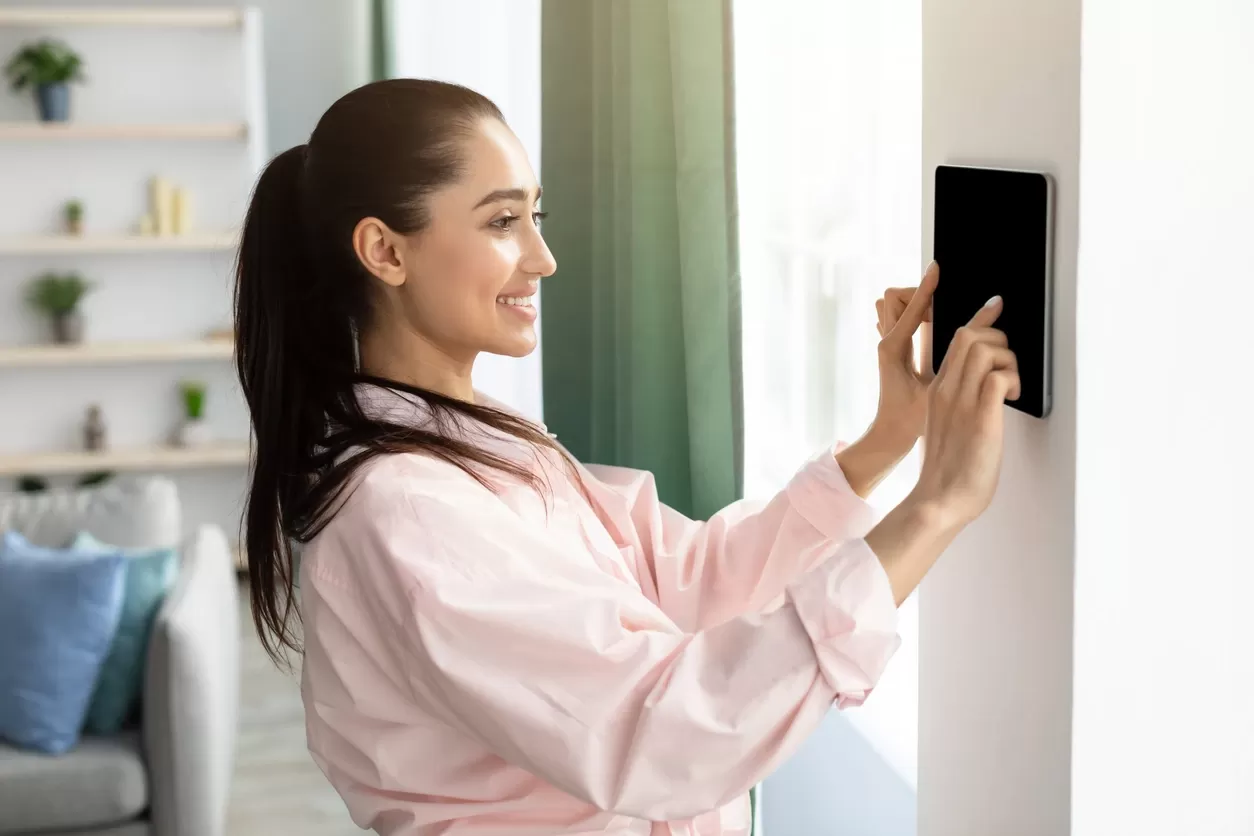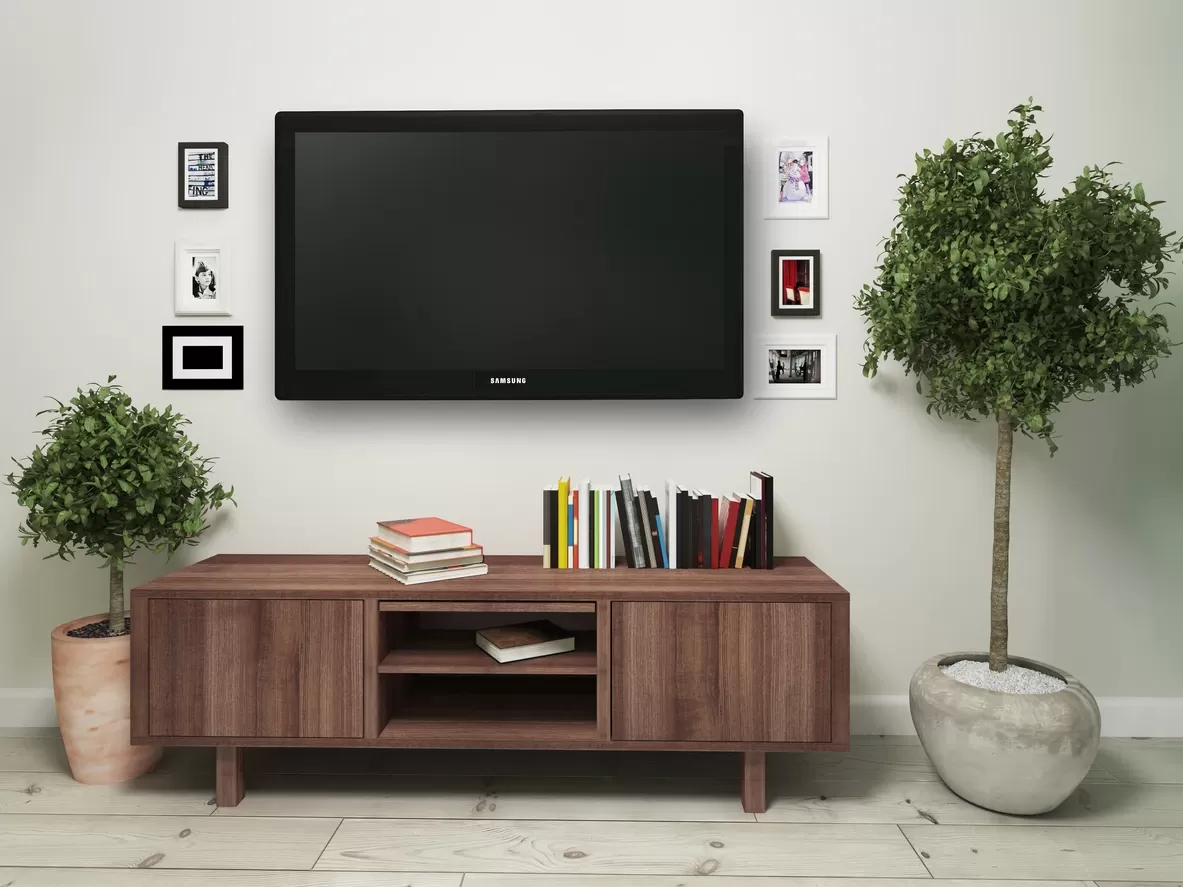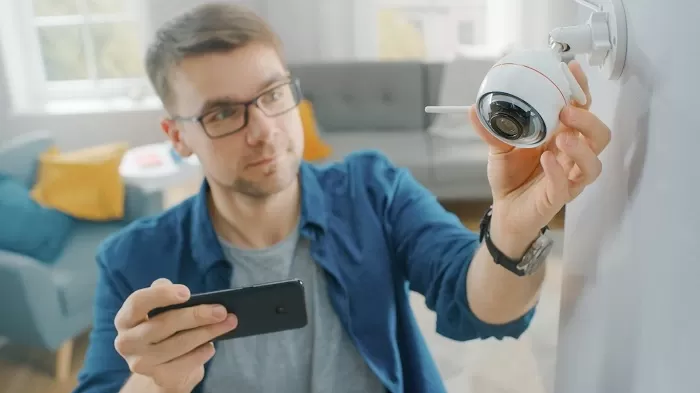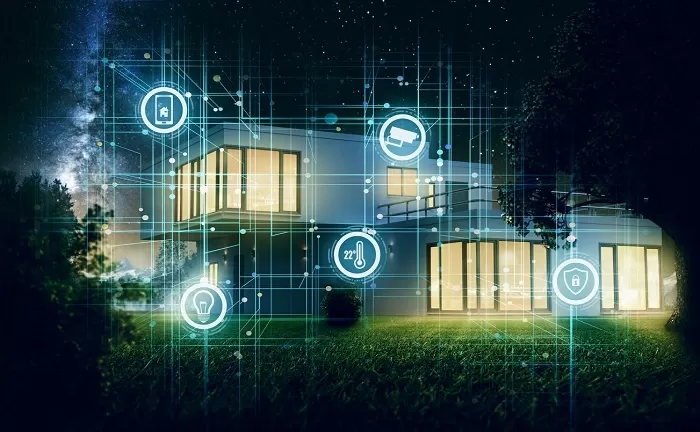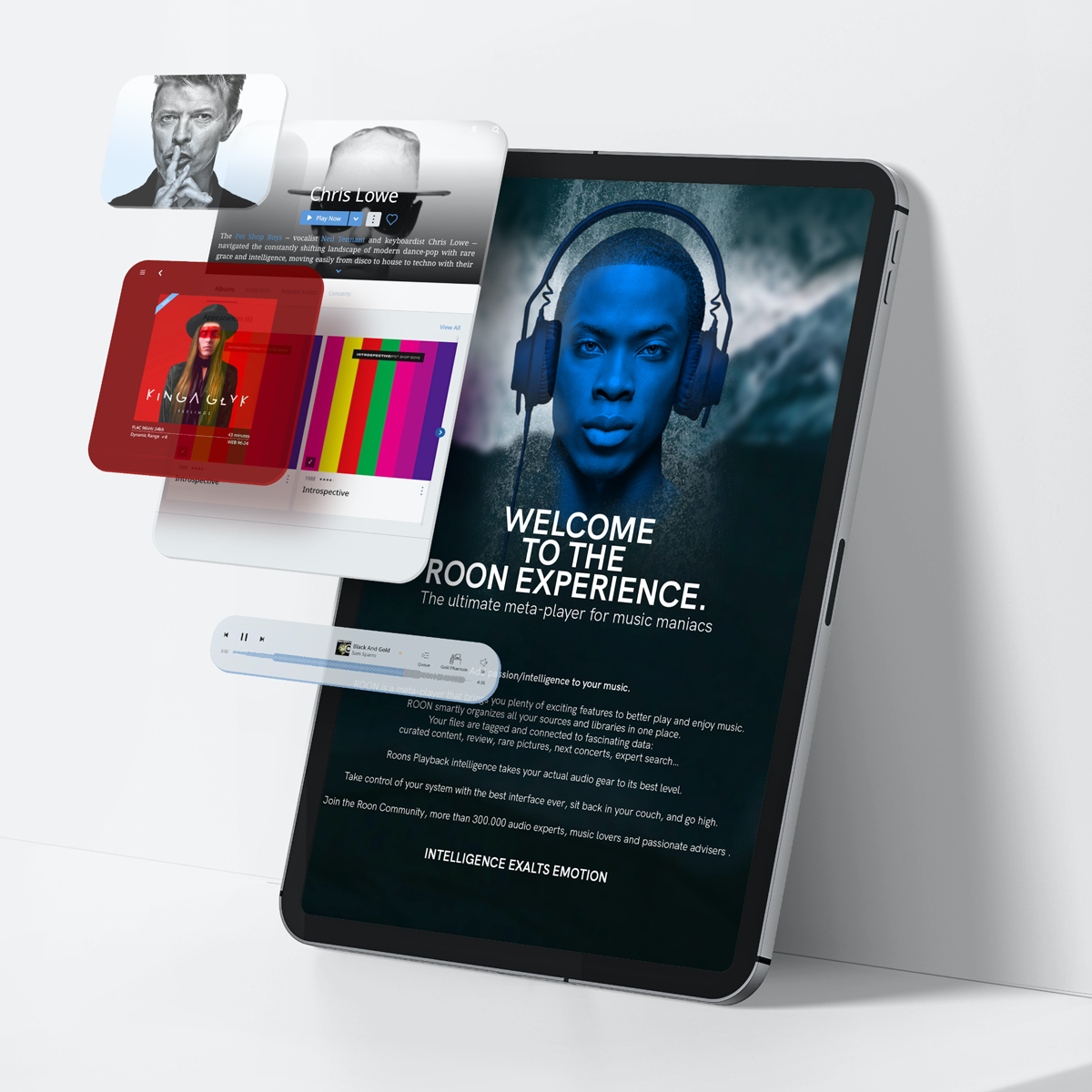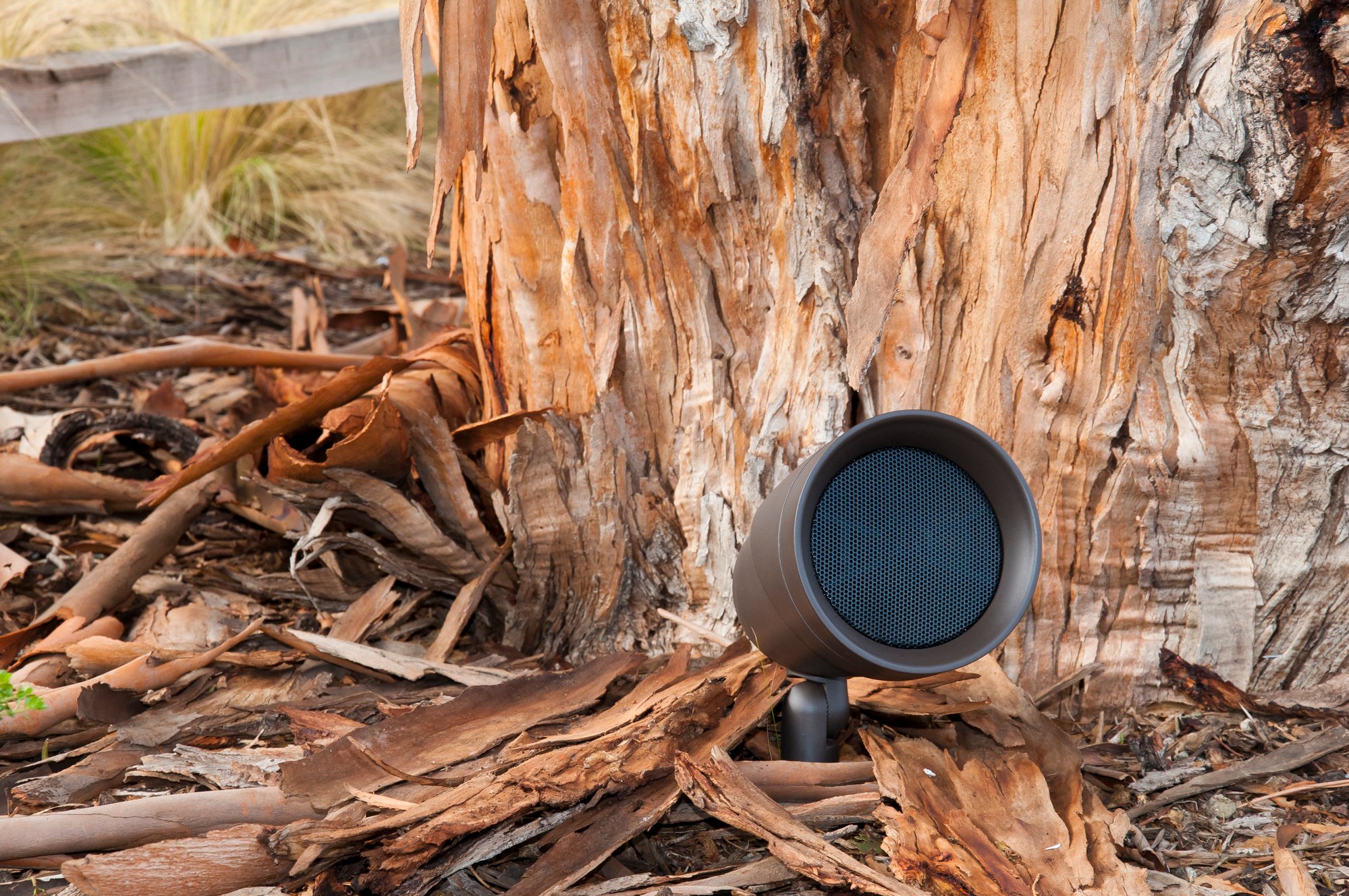Some examples of IoT devices include smart home products such as light bulbs, security systems, doorbells, cameras, and speakers. By definition, it extends the power of the internet beyond typical electronic devices — to “things”; devices that are traditionally connected to the internet, such as smartphones or computers, are not considered IoT devices.
As the popularity of IoT devices increases and prices fall, the IoT network grows ever larger. It is predicted that by 2025, there will be 41 billion connected things. While at first IoT may seem vast and complicated, there are many simple ways you can integrate IoT devices into your home.
Before attempting a DIY IoT project, it’s helpful to understand the basics of what IoT is and how it works: through a combination of sensors and actuators to connect a physical device to the internet. Sensors measure physical properties. For example, a sensor might measure an environment’s temperature and then convert those external properties into a signal to send to an actuator, which uses this information to choose an action. If the temperature is above or below a certain number, it can adjust the thermostat to shift back towards what you want it to be.
It’s important to have the right infrastructure in place. Some IoT devices are Bluetooth-connected, which is straightforward and simple. Others may need more hardware and physical connectivity. When devices need to connect to the network, that’s when hiring a professional is important as these devices move a lot of information around on the network. This network “traffic” can affect your internet speed and ability to do things you might be used to such as streaming audio or video. Common DIY home installations include thermostats, security cameras, IoT alarm clocks, and smart garage doors.
A successful IoT project considers your day-to-day problems and uses a connected product to solve or make that problem much easier to handle. The following describes the two main use-case types in terms of IoT projects.
